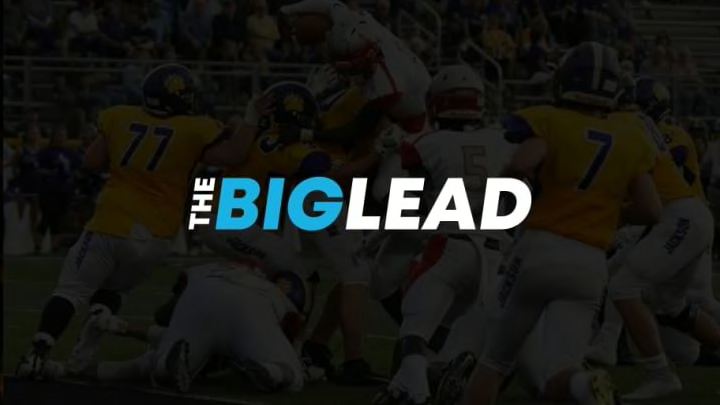How Good Does Shohei Ohtani Have to Be to Win the MVP?
By Kyle Koster

Shoheni Otani has been a revelation, somehow actually living up to his billing as the Japanese Babe Ruth in his first six Major League Baseball games.
Two have come as a starting pitcher. All he’s done is win both while allowing 3 earned runs in 13 innings and striking out 18. On Sunday he carried a perfect game into the seventh inning while fanning 12. The only other Angels pitcher to do that (1 hit or fewer and 12 K’s) is Nolan Ryan.
Four have come as a hitter. All he’s done is blast 3 home runs, drive in 7 and post a 1.310 OPS in 18 official at-bats.
MLB.com has a ridiculous list of Ohtani’s early exploits and it reads like the first few chapters of a Matt Christopher novel.
Surely, he can’t keep this up. He will not go 162 games as a top-10 pitcher and top-10 hitter. A regression will come. Having said that, I don’t think it’s too early to at least consider how Ohtani, a unicorn, will be dealt with in terms of awards, specifically the MVP.
Why? Because we’ve never seen anything like this before and the possibility exists for a lot of writer brains to simultaneously explode. For this exercise, I want to identify the baseline numbers Ohtani would need to post as a pitcher and a hitter to be a serious contender against a Mike Trout, Aaron Judge, Jose Altuve, or whatever offensive player has the best year.
Most American League MVP winners over the past 50 years have had a WAR between 8 and 10, with a few 11-plus seasons sprinkled in. Altuve had a 8.3 in 2017 and Trout a 10.5 in 2016. The award has tended to dovetail with WAR leaders as well meaning it’s a decent barometer of predictive voting.
Since Ohtani will be splitting time between the mound and batter’s box, the simplest thing to do would be to add his two WAR figures together to get a total picture. Smarter people than myself can poke holes in this method but it’s just a guidepost for what we’re trying to do.
Let’s assign some production to Ohtani and assume he produces a similar year to the one Yuli Gurriel had in 2017 (.299/.332/486, 18 HRs, 75 RBI). This is solid production, yet still not All-Star caliber. Gurriel’s WAR was 2.6, 55th in the American League.
A smart betting man would wager that Ohtani’s pitching value will likely outpace his hitting value. Let’s assign him similar production to Carlos Carrasco’s 2017 (18-6, 3.29 ERA, 1.095 WHIP, 10.2 K9). This was good enough for fourth in the Cy Young voting and a WAR of 5.5.
Adding those figures together brings us to a total of 8.1, which has been good enough to win before. And that’s before the human element is brought into the equation. My belief is that Ohtani would not only win the MVP in this scenario, it’d likely be a landslide.
Going a step further, I think a combined WAR of as low as 7.0 would put him in the conversation. If Ohtani is a combination of J.A. Happ and Yolmer Sanchez will his story override the disparity when it comes to value?
Begrudgingly, I may still say yes. If nothing else, the debate will be fast and furious.
It’s going to be fascinating.